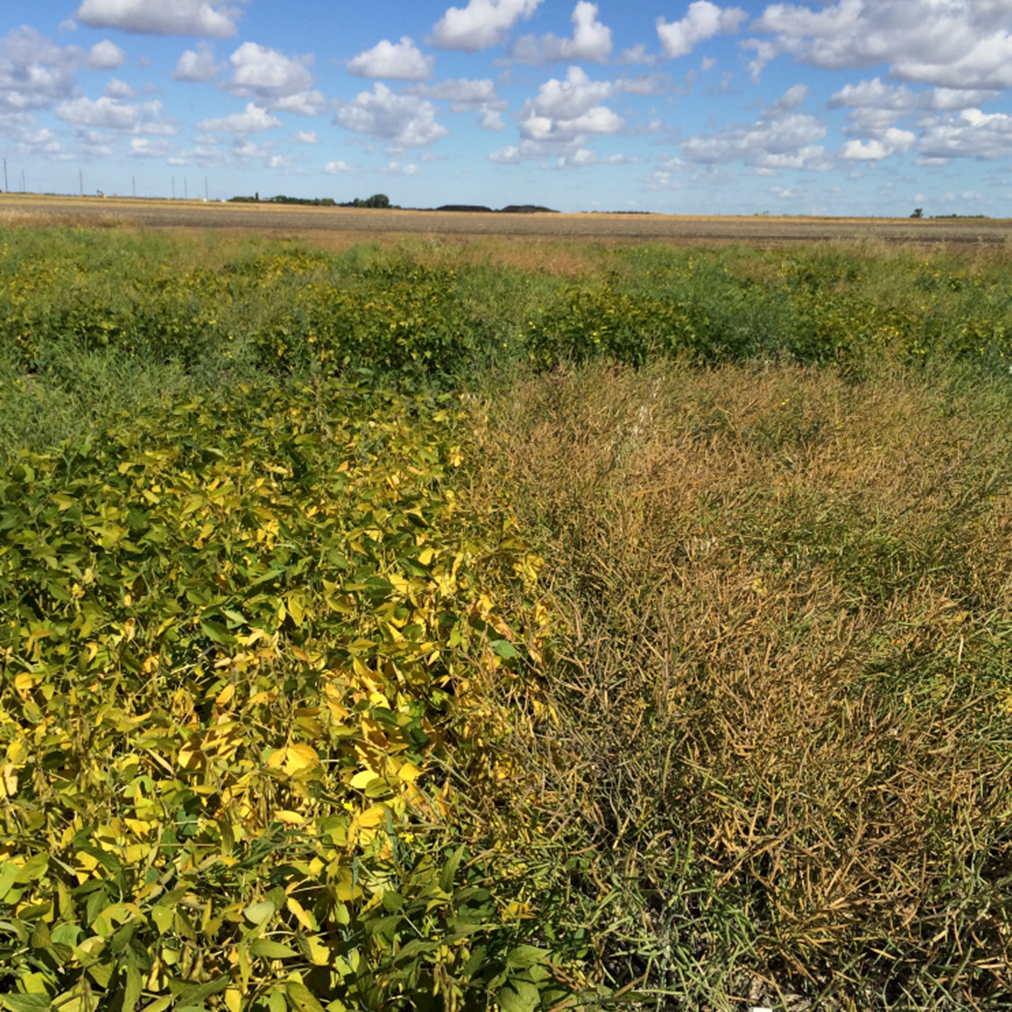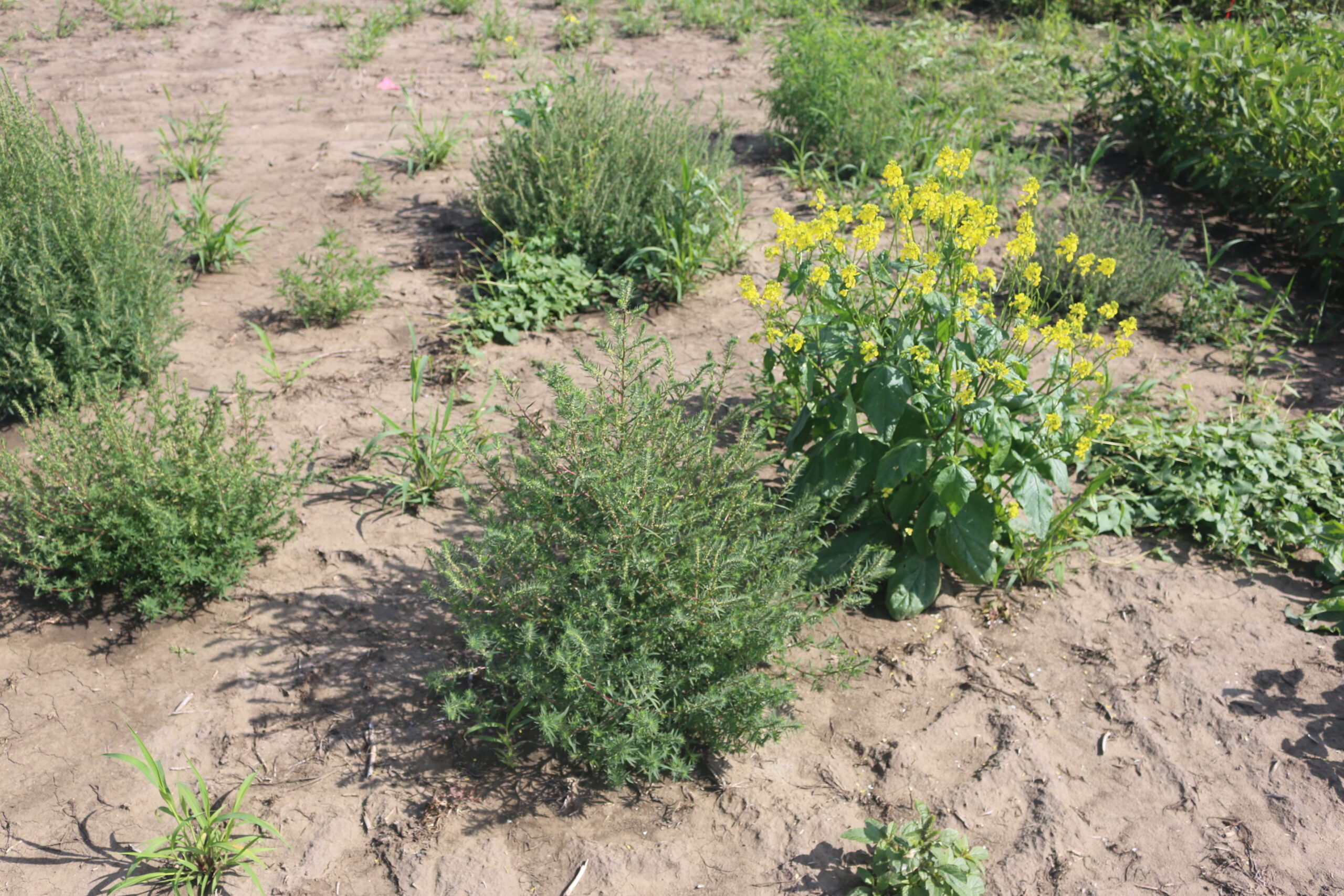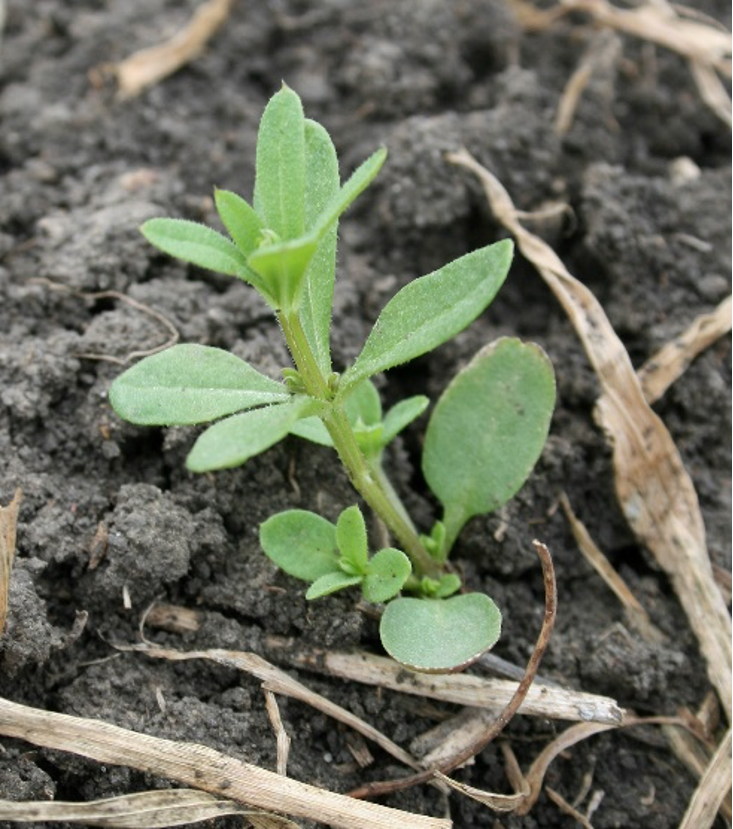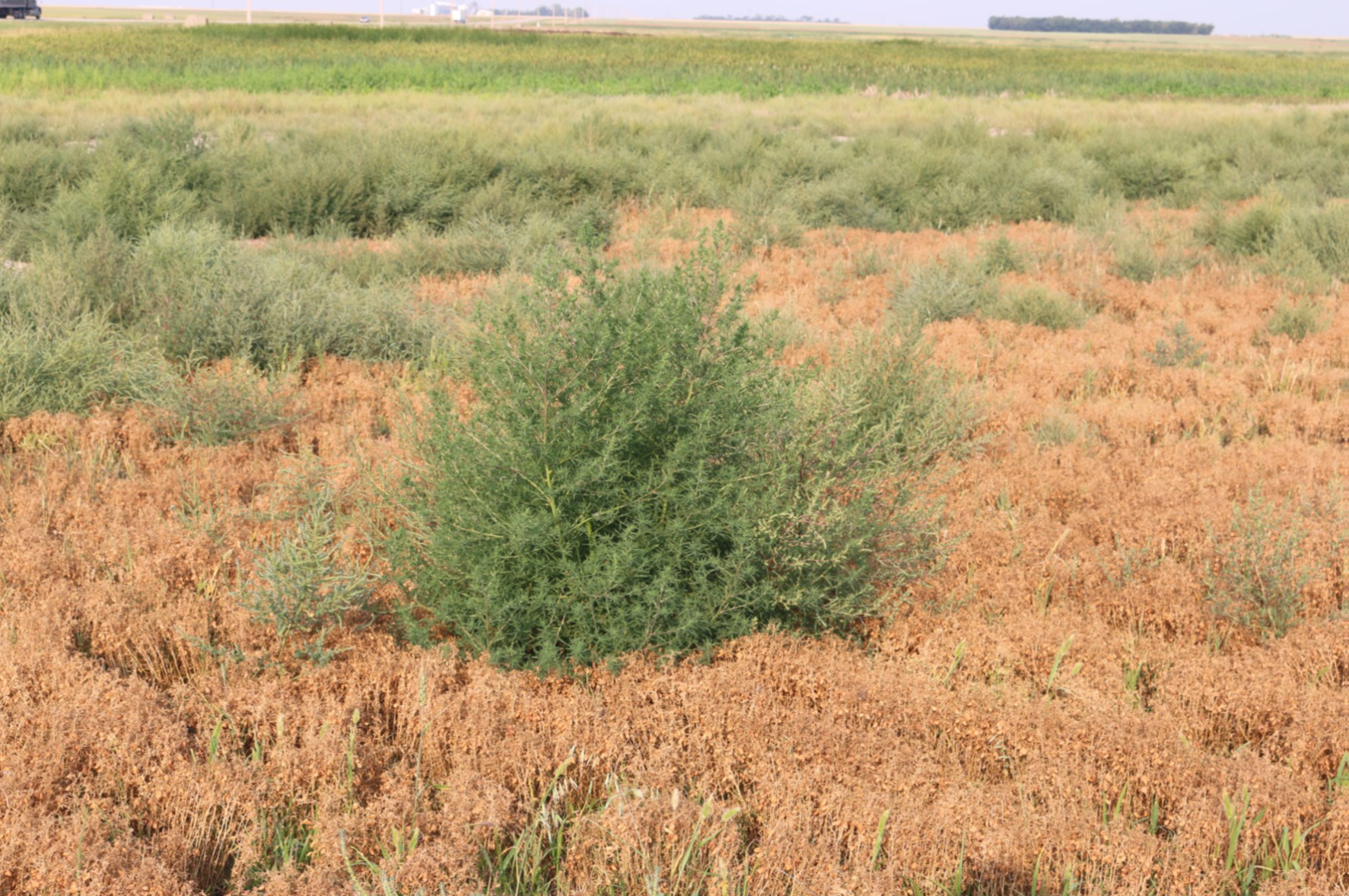Pesticides used in these research trials may or may not be registered on the crops they were trialled on. Contact the product manufacturer or consult the product label for registered uses.
Now is the time of year that many pulse growers are thinking about weed control plans. One of the greatest challenges in this area remains volunteer canola in Roundup Ready® soybean crops.
As there has not been much information available on how to best tackle this problem historically, Saskatchewan Pulse Growers (SPG) funded research through the University of Saskatchewan in recent years aiming to address this issue.
As part of the research, experiments were done in four locations across the province to help determine best practices for seeding dates and rates, as well as pre- and post-emergent herbicide use and treatments for volunteer canola control.
Here are the top five takeaways from these trials:
- Seed between May 20 and June 1. Research found that optimal plant dates will range depending on where you farm, but on average this was the ideal range.
- Aim for plant populations of 150,000-200,000 plants per acre (ac). Higher seeding rates do provide more competition with weeds such as volunteer canola and higher rates have shown higher soybean yield as well as reduced canola seed contamination in the harvested samples. However, economics do come into play. During years with low or average market prices for soybeans ($11.85/bushel), 4 plants per square foot (ft2) (165,000 seeds/ac) is likely the best option for growers. When market prices are higher, growers are likely to see a benefit to increasing the seeding rate to 5-6 plants/ft2 (206,250 to 247,500 seeds/ac).
- Choose pre-emergent/burnoff herbicides that have good control of glyphosate tolerant canola. Controlling volunteer canola prior to crop emergence reduces competition for early nutrients and moisture as well as can increase the effectiveness of in-crop herbicides as the newly emerged canola will be at smaller stages.
- It is important to tank-mix glyphosate with products that have activity on volunteer canola for in-crop applications. Reseachers also found that, for post-emergent (in-crop) herbicides, Basagran®, FirstRate™, Reflex®, Solo®, and Viper® ADV provided acceptable control of volunteer canola and increased soybean biomass and yield more than 40% of the time.
- To maximize control, layer herbicide products that have activity on glyphosate tolerant canola. Using effective pre-emergent/burnoff followed by good post-emergent/in-crop options is important for maximizing control. In the research they found tribenuron (PRE) combined with imazamox + bentazon POST- were more effective in controlling volunteer canola and lowering soybean phytoxocity than other product combinations tested.


Published May 2020


